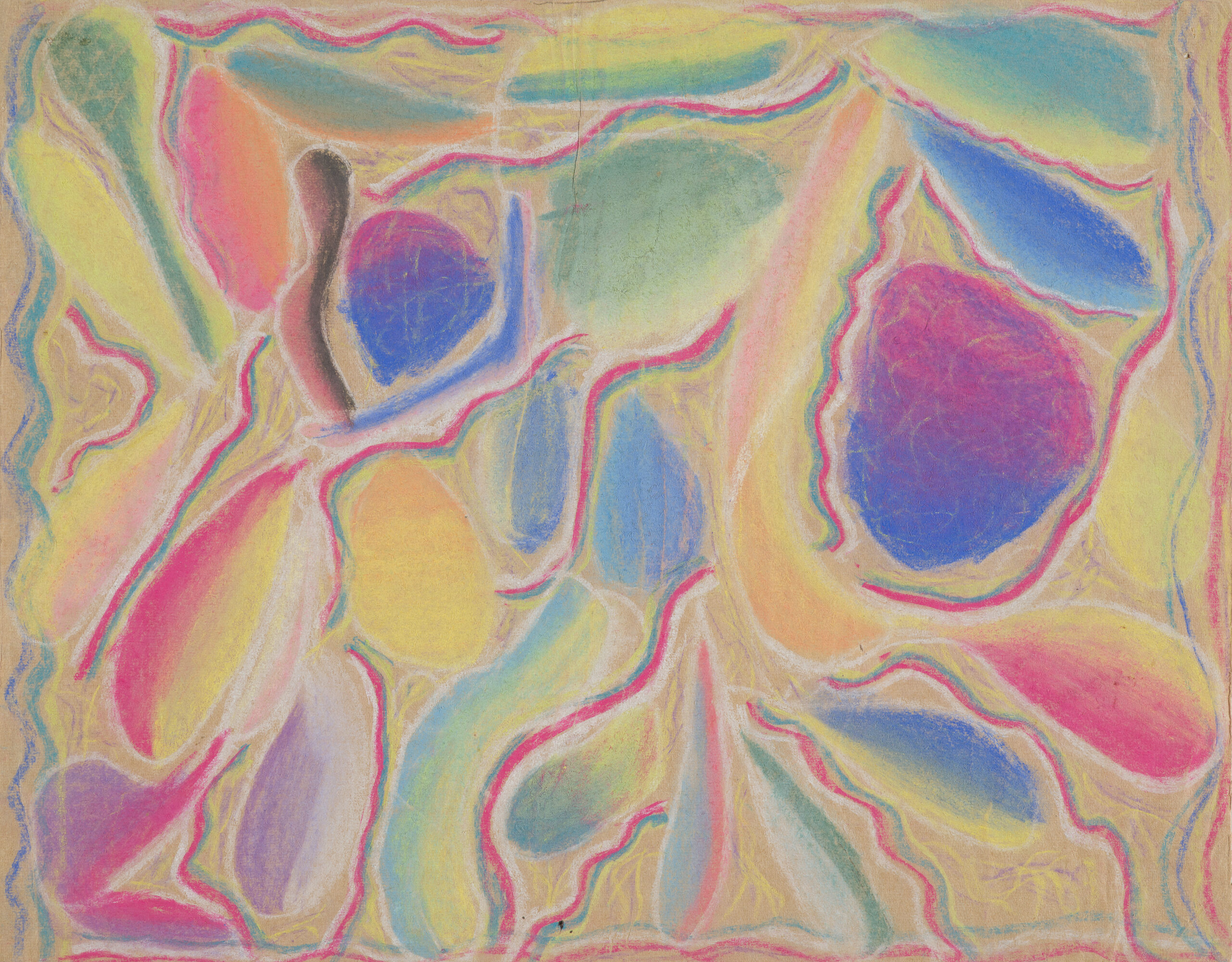The story of Carrolup
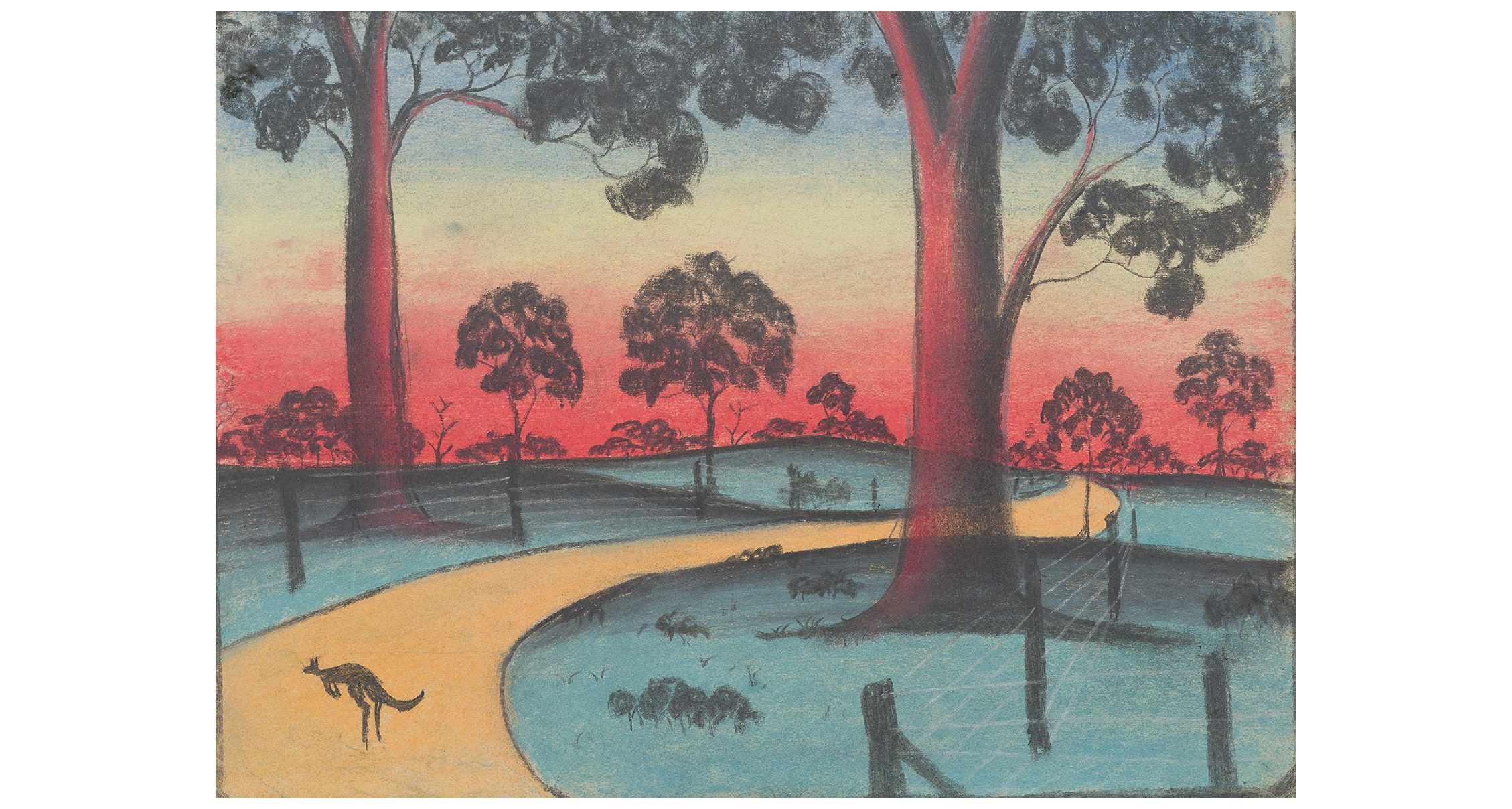
The Native Administration Act 1936 cemented the policy that resulted in significant numbers of children being forcibly removed from their families and placed in government institutions resulting in the Stolen Generations.
Treatment of the children at Carrolup was cruel and degrading with frequent food shortages and often a complete lack of water, clothes and beds.
In 1946, a new headmaster and teacher, Mr Noel White and his wife, Lily began working to improve the lives of the children at the school. After many years of terrible conditions, Mr and Mrs White encouraged the children to express their deep connection to Country through art.
The Carrolup artworks were created with only the most rudimentary of materials – primarily chalk, pastels and paper. These artworks are very fragile, requiring constant care and conservation.
The works the children produced offer a rare glimpse into the lived experiences of these kids during a dark chapter of our past.
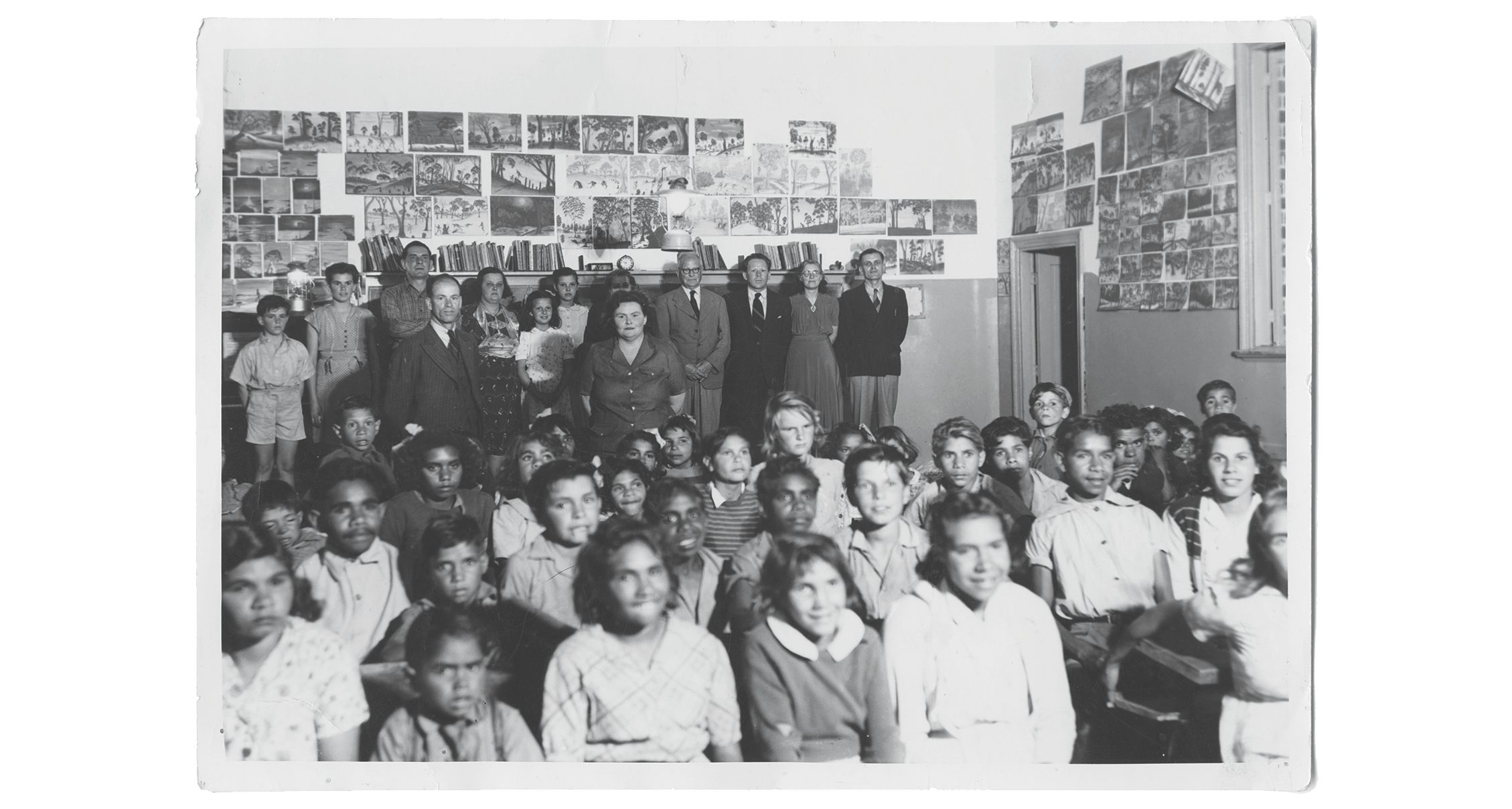
In 1949 the artworks caught the eye of visiting English philanthropist, Florence Rutter. Compelled by her visit to Carrolup, Rutter bought a number of drawings and organised for them to be exhibited and sold in Australia, New Zealand and Europe. Her intention was to further resource an expansion of the Carrolup school’s cultural activities to benefit the children as directly as possible. Despite the success of the Whites and international acclaim of the artists, in 1950, at the request of the Department of Native Affairs the school at Carrolup closed.
Florence Rutter continued to exhibit the works she had purchased and produced a book, ‘Child Artists of the Australian Bush’ with Dame Mary Miller Durack. In 1956, American art collector, Herbert Mayer happened across the book and offered to buy the collection in its entirety to show at an exhibition of international child art in New York. Rutter agreed and donated the money she made to an Aboriginal hostel in Perth.
Florence Rutter passed away just two years later in 1958.
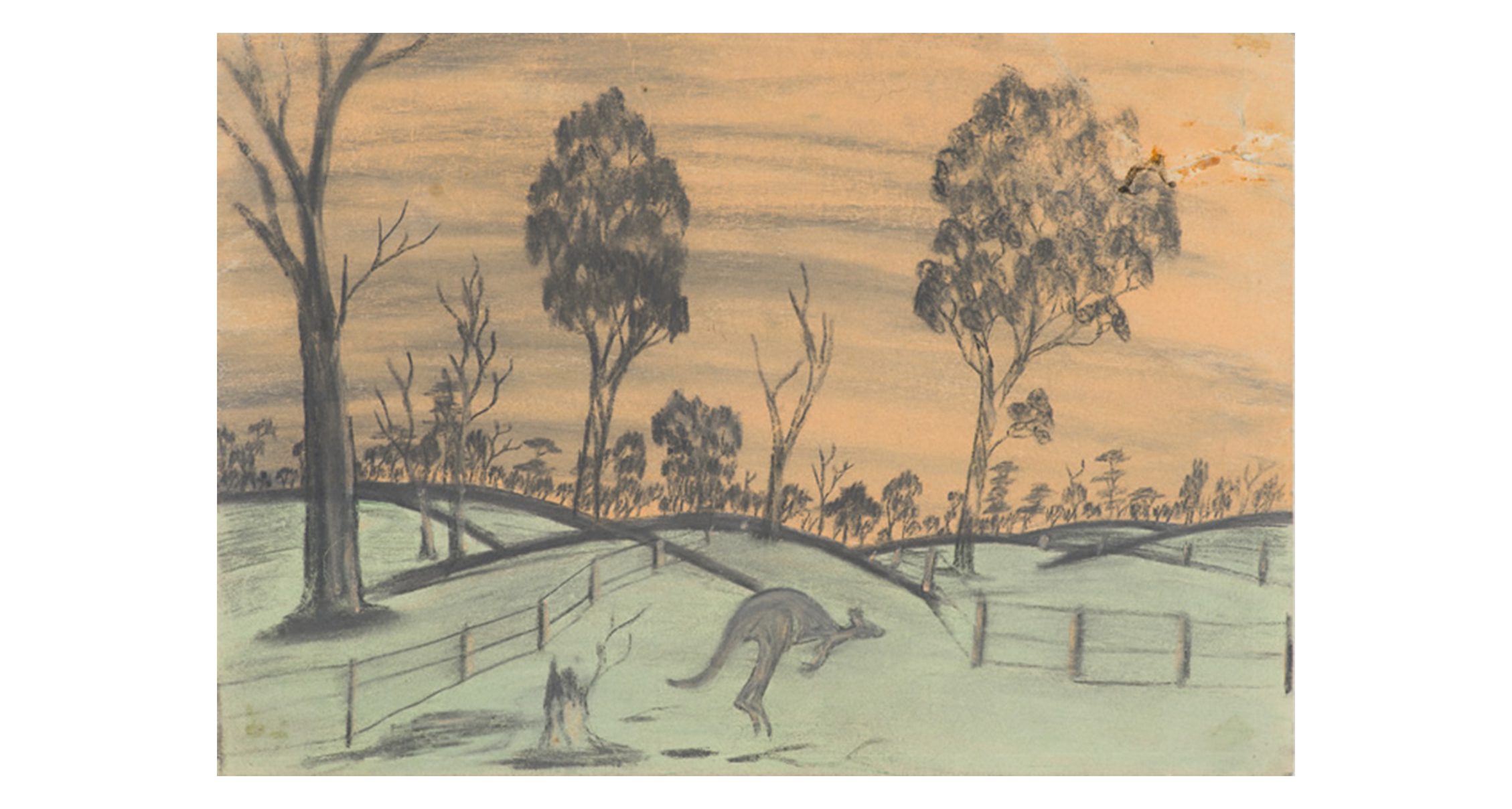
Mayer later donated the entire collection of 122 artworks to his alma mater, Colgate University, in 1966.
There they sat in storage at the University’s Picker Art Gallery for almost 50 years until they were recognised by visiting Australian professor, Howard Morphy, in 2004.
This chance rediscovery of a unique historical collection of such profound cultural significance in New York, it created headlines around the world. Appreciating their significance, Colgate University sought to repatriate the works back home and after consulting with local Noongar Elders, entrusted the custodial responsibilities to Curtin University through John Curtin Gallery.
In a moving ceremony in 2013 the 122 treasured artworks finally returned home to Country.
In the process of conserving the artworks, additional drawings were discovered on the back of some pages, thus bringing the number of artworks in the collection to 127.
Curtin University is in the progress of building a dedicated gallery space for the Carrolup children’s artworks at John Curtin Gallery so they can be accessible to all throughout the year.
Once Known is an exhibition opening in April 2025 at 139 St Georges Terrace, it is an exciting opportunity to bring the collection to Boorloo. As a site of colonial education, the Old Perth Boys’ School, serves as a stark reminder of our colonial history, now transformed into a site of truth-telling, knowledge sharing and cultural understanding.
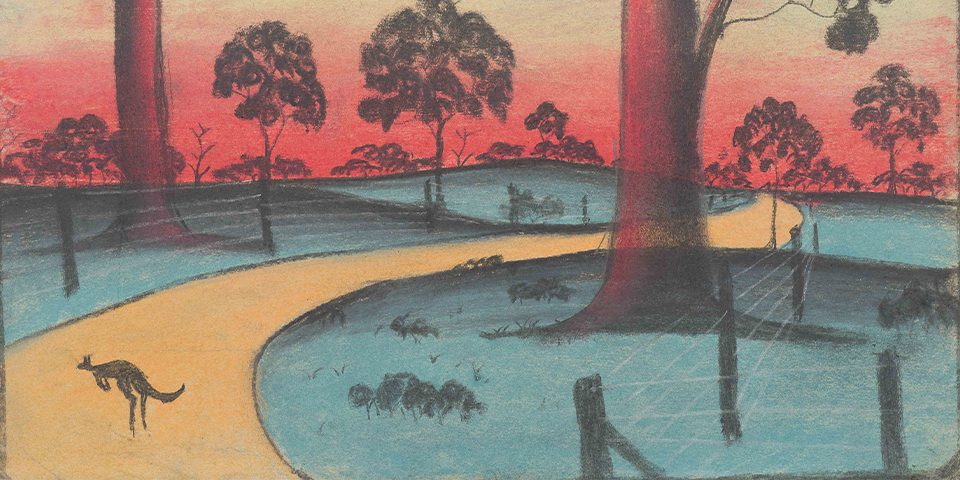
Art
Since European settlement, Nyungar people suffered increasing displacement from their traditional Country – land that had sustained them materially and spiritually for thousands of years.
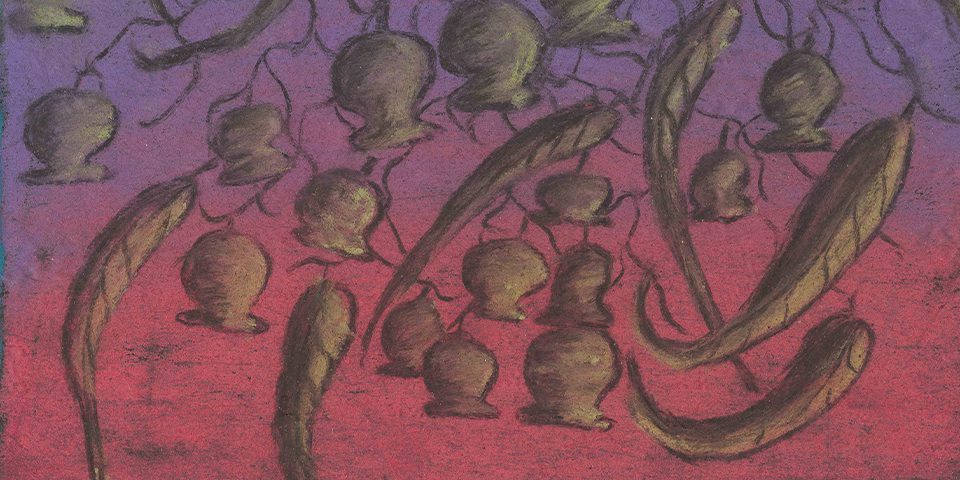
Walk with us
Since European settlement, Nyungar people suffered increasing displacement from their traditional Country – land that had sustained them materially and spiritually for thousands of years.
Header Image: Once known child artist, Untitled (detail), 1946-50, pastel and charcoal on paper, 17.1 x 24.9. Curtin University Art Collection. The Herbert Mayer Collection of Carrolup Artwork was donated for educational and research purposes by Colgate University, Hamilton, New York, USA in 2013.
